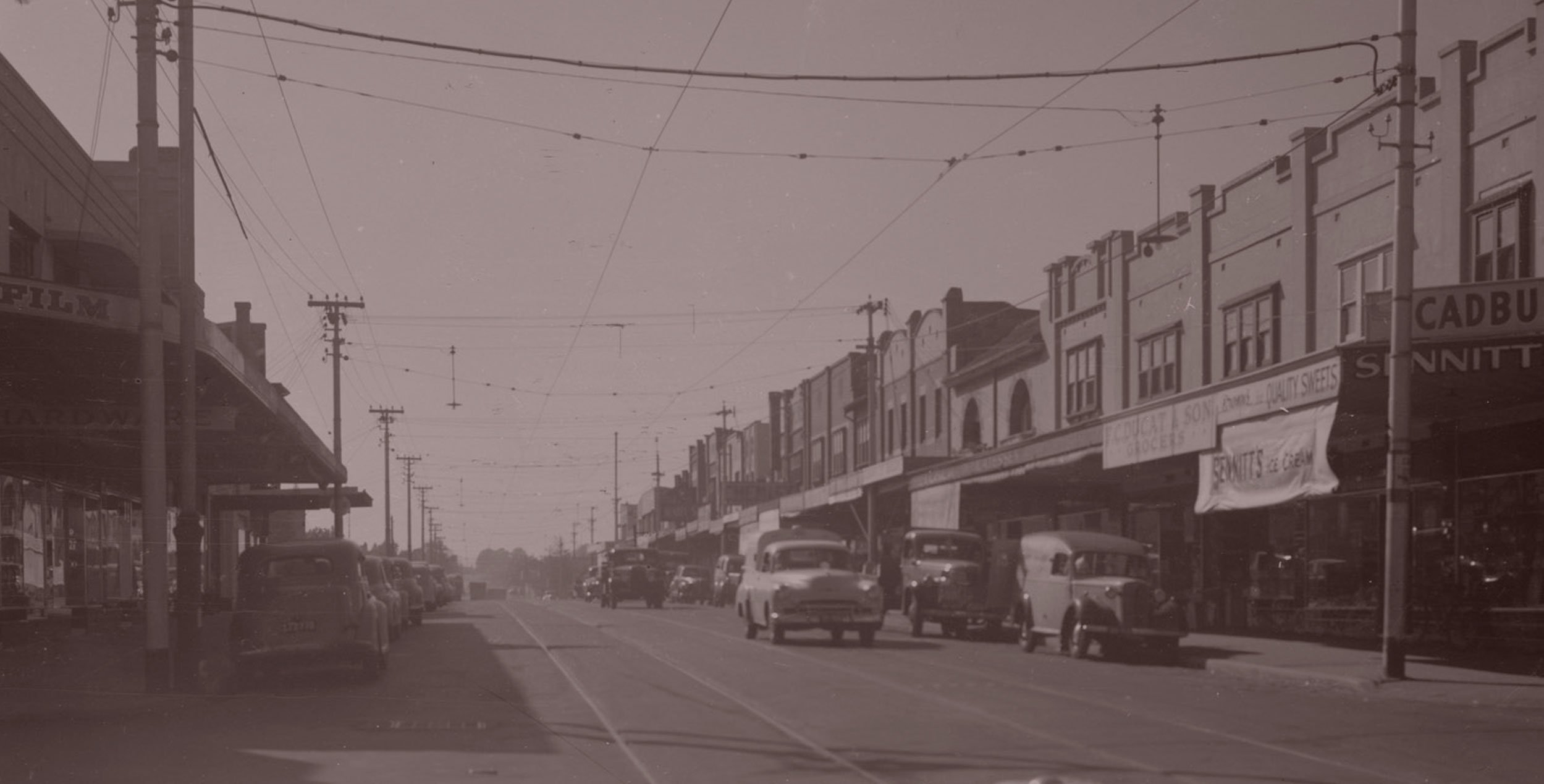We work closely with communities, heritage consultants, local councils, and First Nations and Traditional Owner groups to prepare site histories and thematic environmental histories.
We provide community engagement services to ensure that key stakeholders and community members have a voice in the understanding and management of local heritage.
We also undertake historical research and writing in a variety of formats, from family histories and memoirs to research reports used to inform historical interpretation. If you have a research question, we’re up for the challenge!











